The Minoans were a great Bronze Age civilization that peaked during the second millennium B.C. on Crete. They had built multistory complexes, now referred to as “palaces,” which were actually distribution centers for large quantities of goods such as olive oil, wine, and grains. The platial architecture featured colonnaded courtyards, sliding doors, and external staircases. The monumental stone buildings were braced with wood beams. Water technologies included running water within the palaces and other settlements, drainage systems, piping systems, rainwater harvesting, and other technologies.
Source: Gorokhovich, Y., L.W. Mays, L. Ullmann, A Survey of Ancient Minoan Water Technologies, Water Science and Technology: Water Supply, IWA, Vol. 114, pp. 388 – 399, 2011.
Map of eastern part of Crete (copyright with Yuri Gorokhovich)
Water Technologies of the Minoans
Source: Gorokhovich, Y., L.W. Mays, L. Ullmann, A Survey of Ancient Minoan Water Technologies, Water Science and Technology: Water Supply, IWA, Vol. 114, pp. 388 – 399, 2011.
Models of Minoan residents at Museum in Heraklion
Tylissos, Crete
Aqueduct leading into Tylissos from the Spring of Agios Mamas
Sedimentation tank, cistern, and channel from tank to cistern at Tylissos, Crete
Top view of sedimentation tank. Closeup of sedimentation tank showing the lower outlet to drain tank and the overflow outlet to the channel that leads to the cistern
Channel that leads from sedimentation tank to cistern.
Stairs leading down into cistern taken inside cistern showing the plastering on the walls of the cistern
Kato Zakros
Kato Zakros to the left of the photo
Cistern at Kato Zakros
Knossos
Knossos is the most known and largest of the palaces, which was discovered in the early 20th century by Sir Arthur Evans. The Minoan civilization declined with the arrival of the Dorians that settled on the Crete between 1100 ad 900 B.C.
Bastion A at the north entrance showing the bull fresco.
Theater
Model of Knossos at Museum in Heraklion
Model of Knossos showing three koulares
Two of the three
One of three possible cisterns
Drainage channel
Terracottta pipe
Stormwater drainage channel
Carved stone elements of rainwater harvesting system collecting water fram roof through light well.
Stone channel
Main drain lutlet
Stepped water channel and sedimentation (desilting basin). Along the stairway is a small
channel (for rainwater collection) consisting of a series parabolic-shaped
stepped chutes that convey rainwater down steam to the sedimentation tank or
basin.
Photo by Susi Mays
Sedimentation/desilting basin Photo by Susi MaysArea for storing wine or olive oil in vessels
Phaistos
Phaistos with Messara Plain in background
Courtyard also used for rainfall harvesting with cisterns (round structures) shown in background to the right.
Cistern
Exit of main drain at southern end of palace.
Agia Triadha
Channel empties into sedimentation basin (Photo by susi Mays)
Sedimentation basin
Channel downstream of sedimentation basin located in the background to the right.
Kommos
Boat dock facility
Well
Myrtos-Pyrgos
Location of Myrtos-Pyrgos on top of hill
View from top of hill
Cistern
Plaster on cistern wall
Cistern
Mallia (near town of Ierapetra)
Mallia. Note the eight round structures (Koulares)
Round structures at Mallia
Magazine storage area for storing olive oil
Magazine
Palaikastro
Well at Palaikastro
Kato Syme
Kato Syme
Gournia





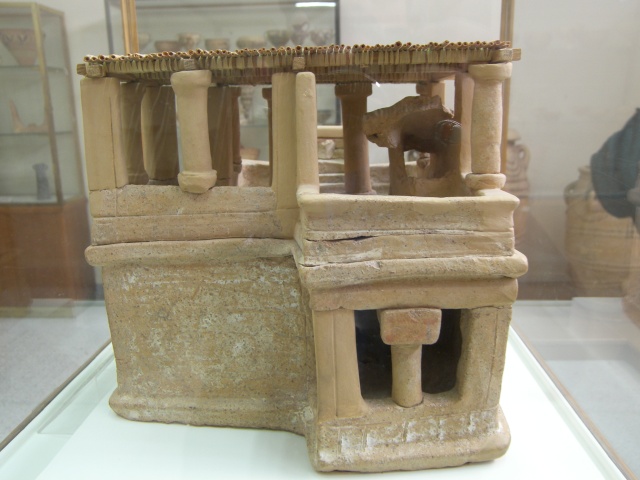
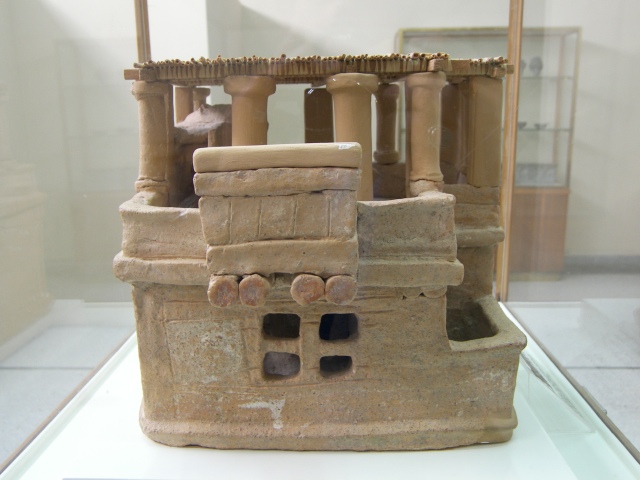


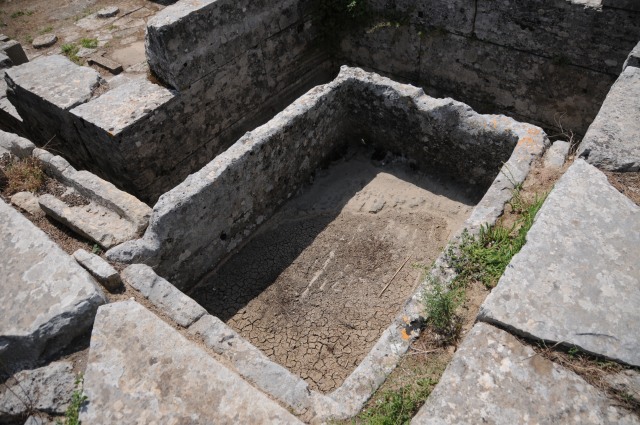



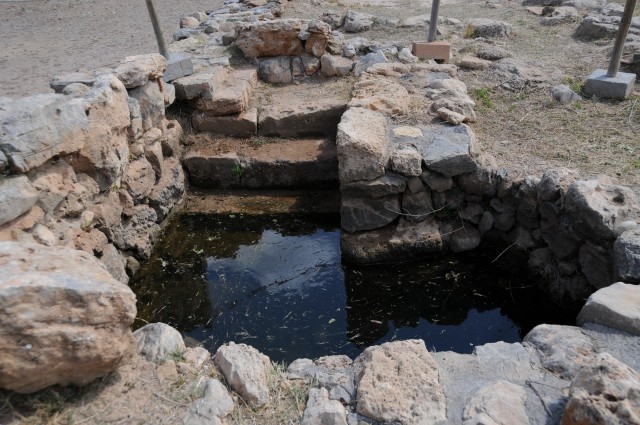

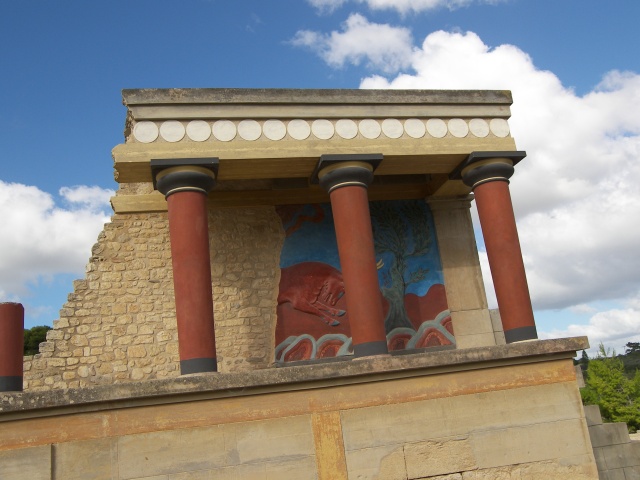





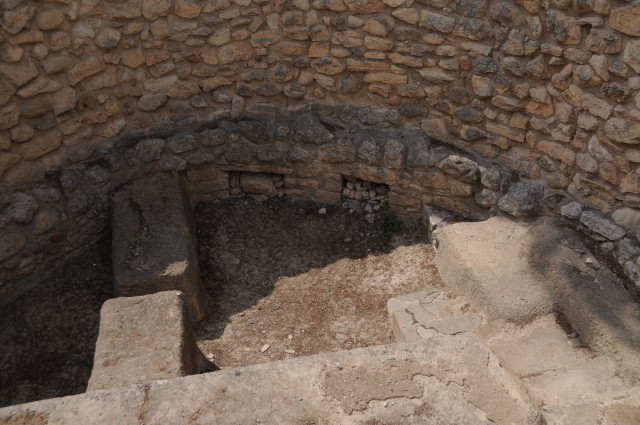

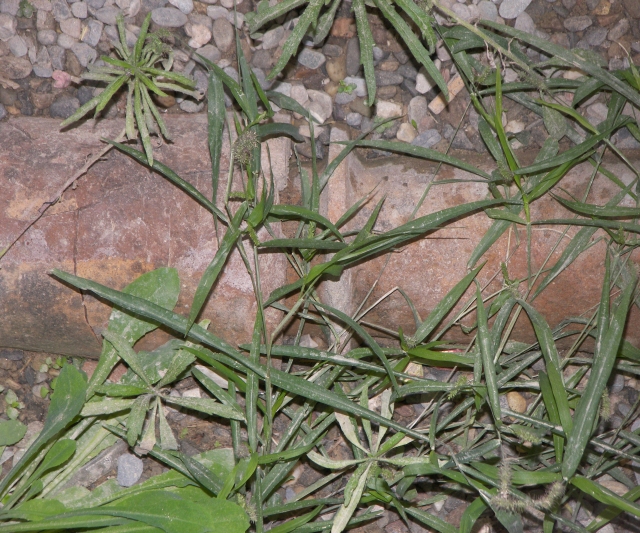

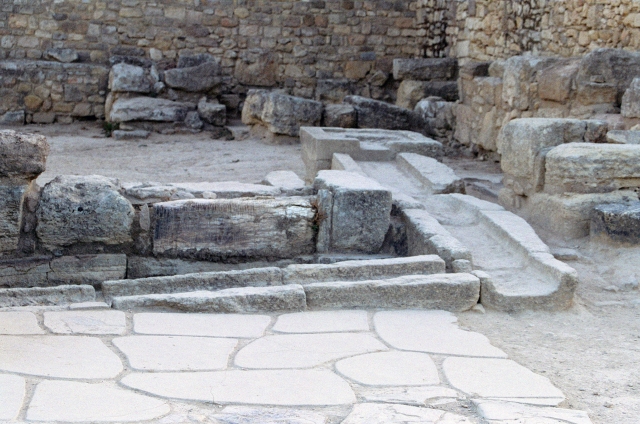







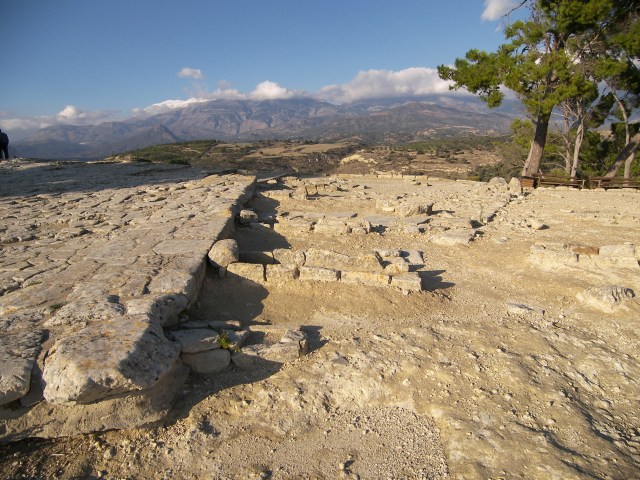
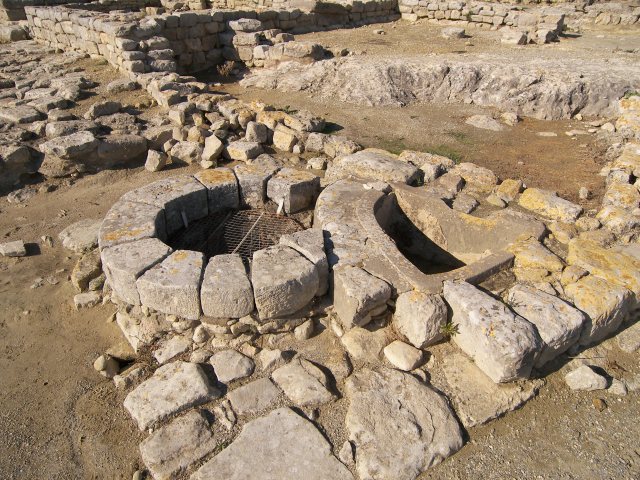



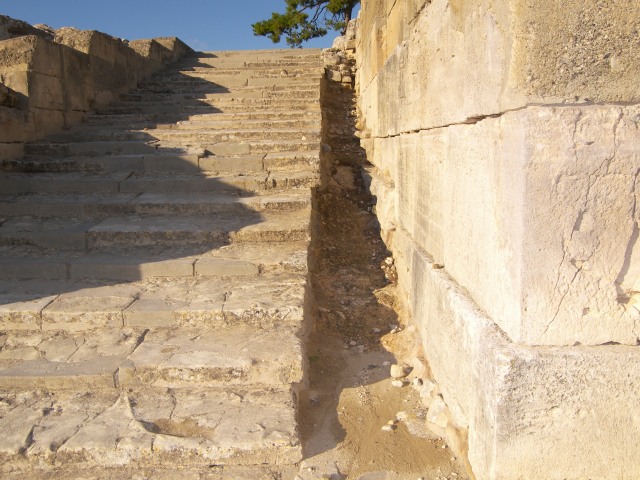


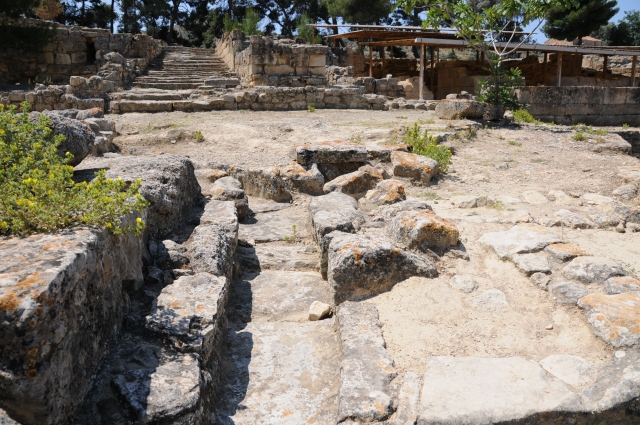


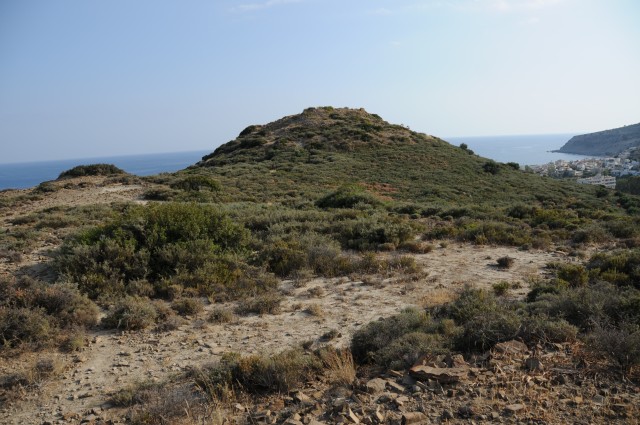
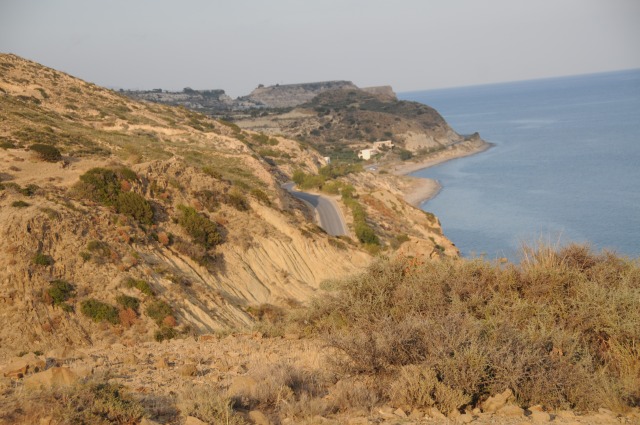





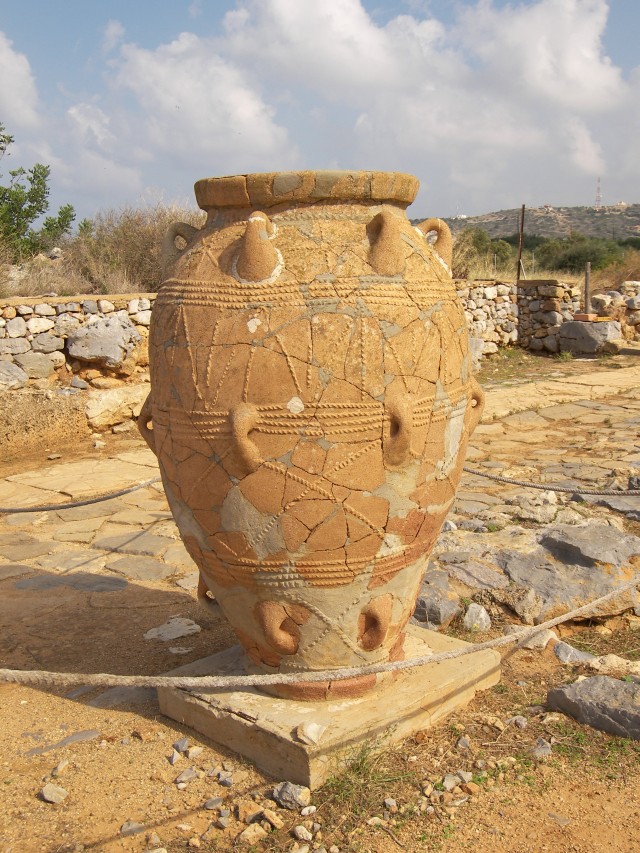



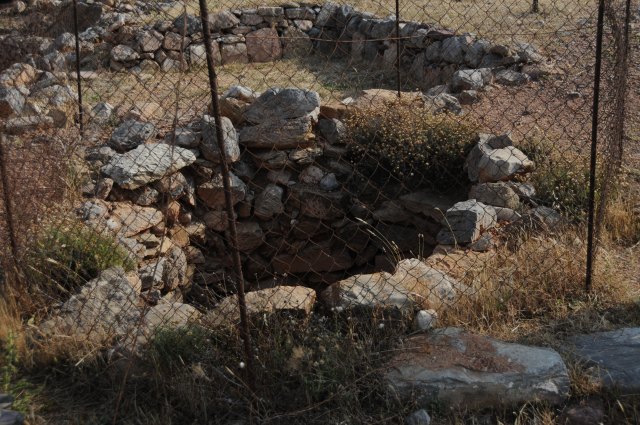
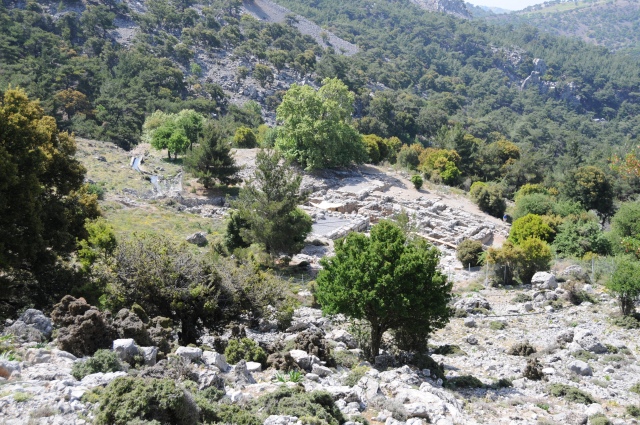

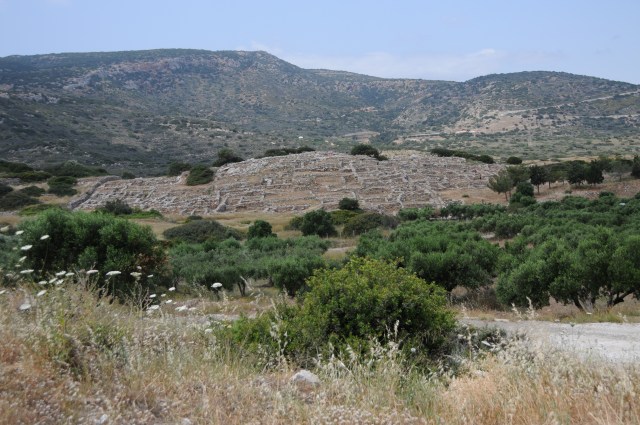
Wow, thanks for putting this online. The Minoan really were millennia ahead of their time. Such a sophisticated integrated system isn’t really seen again until the Industrial Revolution in Victorian Britain (but Rome clearly had some of technology)!
I saw an out of place Minoan casting that could be a boiler. Is there any evidence, of dual (hot and cold) plumbing to communal buildings? Thanks.
This helped me a lot in my school work about Minoan Civilization and it only further increased my desire to study about nations/peoples in the Ancient World. Thanks from Brazil. s2